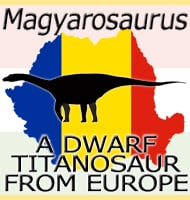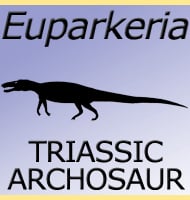Goyocephale
In Depth Goyocephale was a mid-sized genus of pachycephalosaurid dinosaur that is known to have lived in what is now Mongolia during the Cretaceous. Goyocephale is noted for having a flat skull as opposed to a more ornate dome which is characteristic of other genera such as Pachycephalosaurus and Prenocephale. This could indicate that the … Read more

